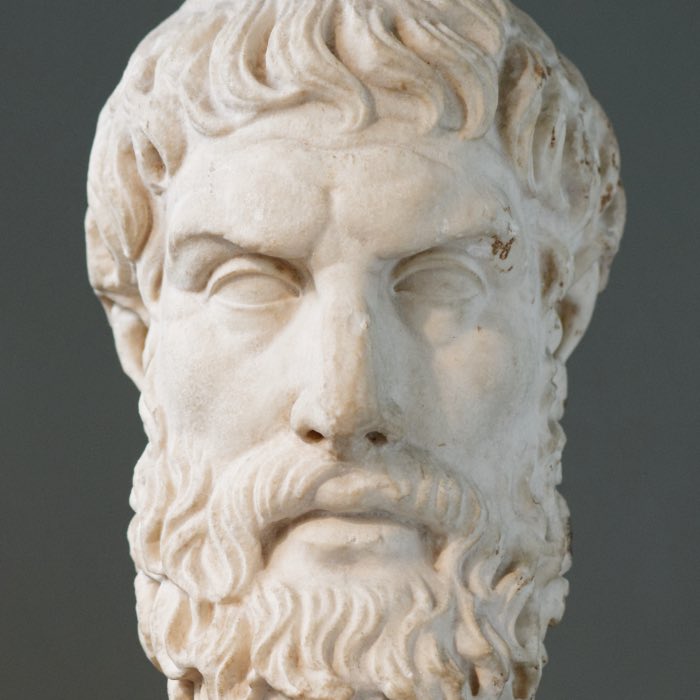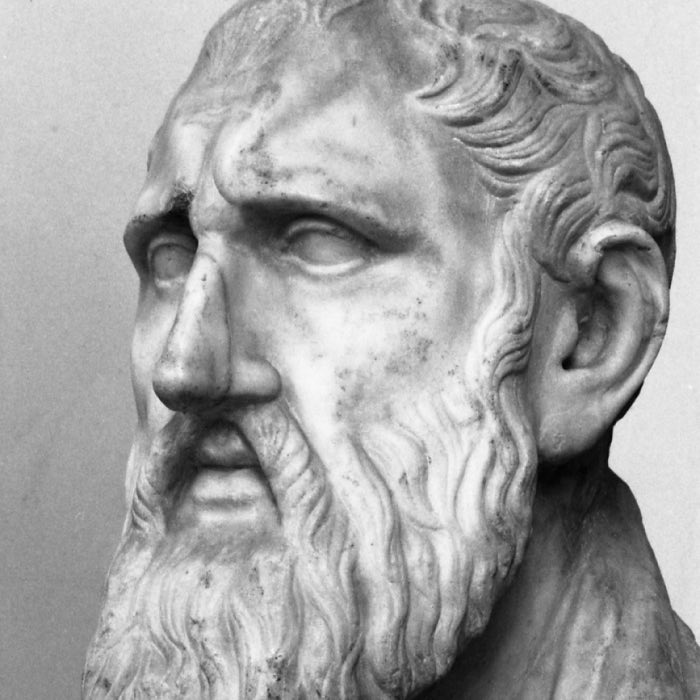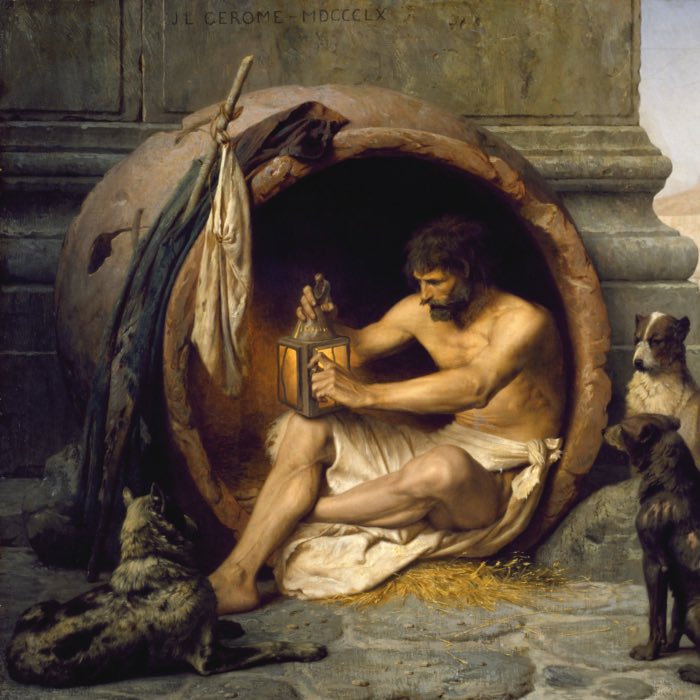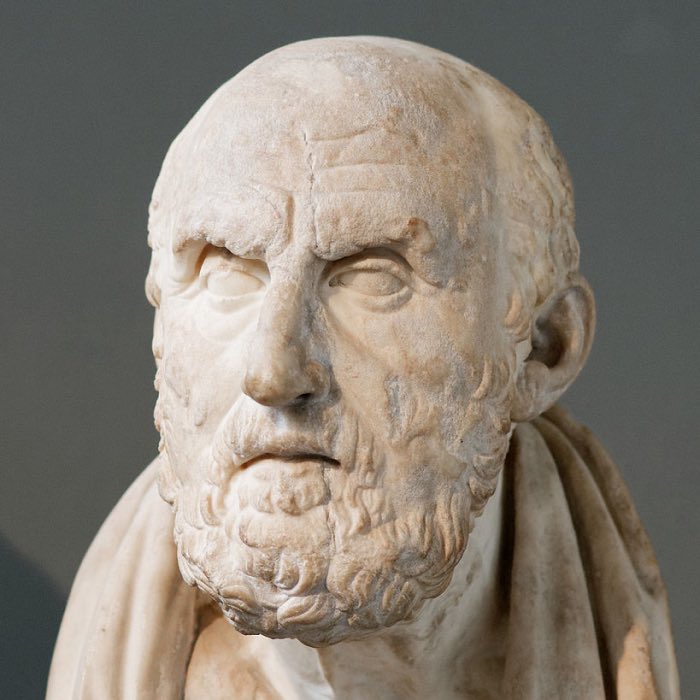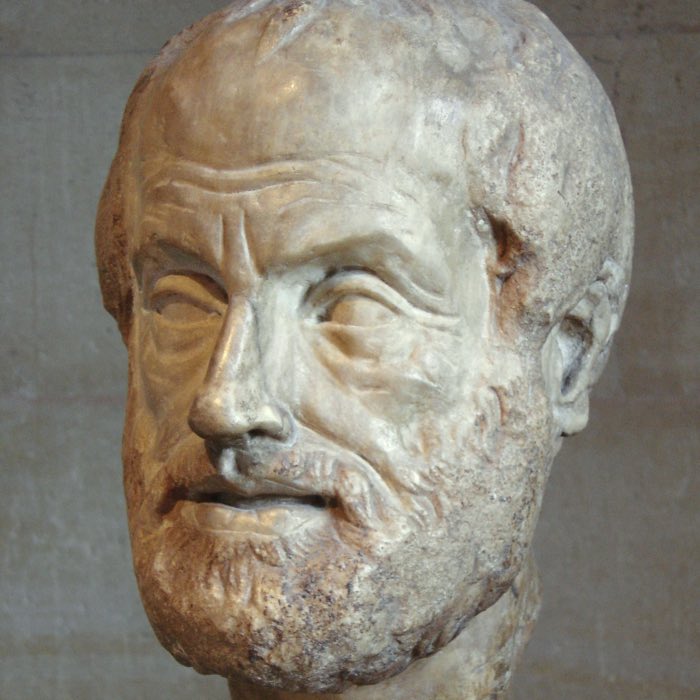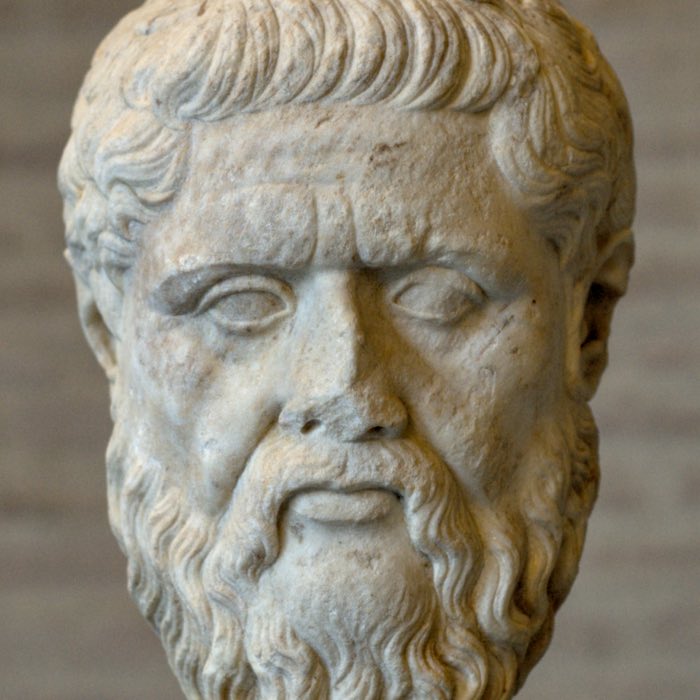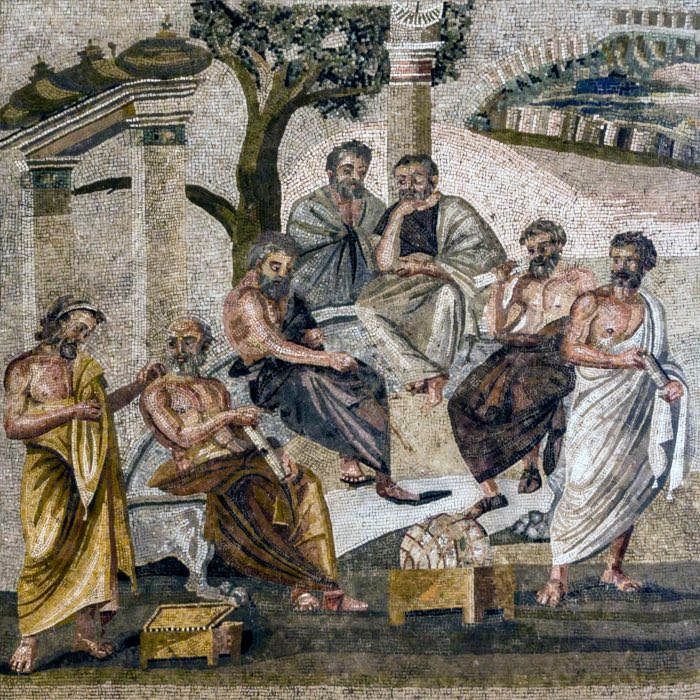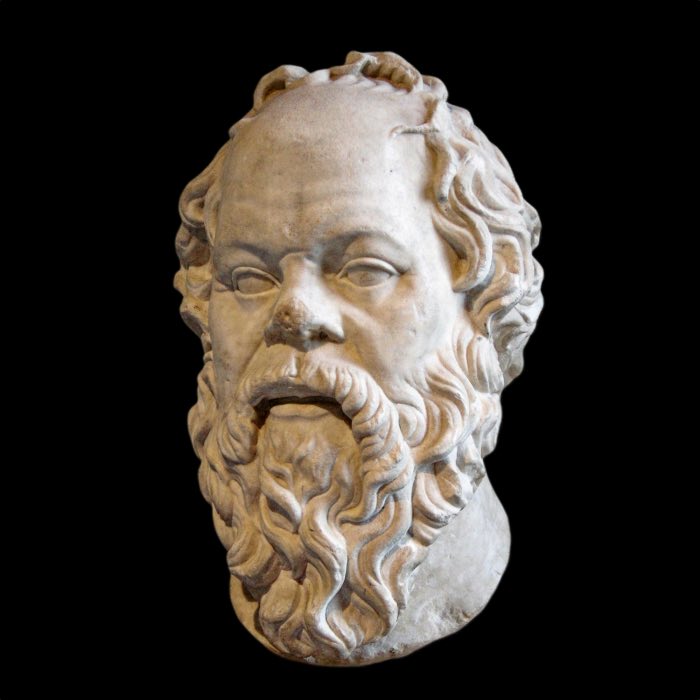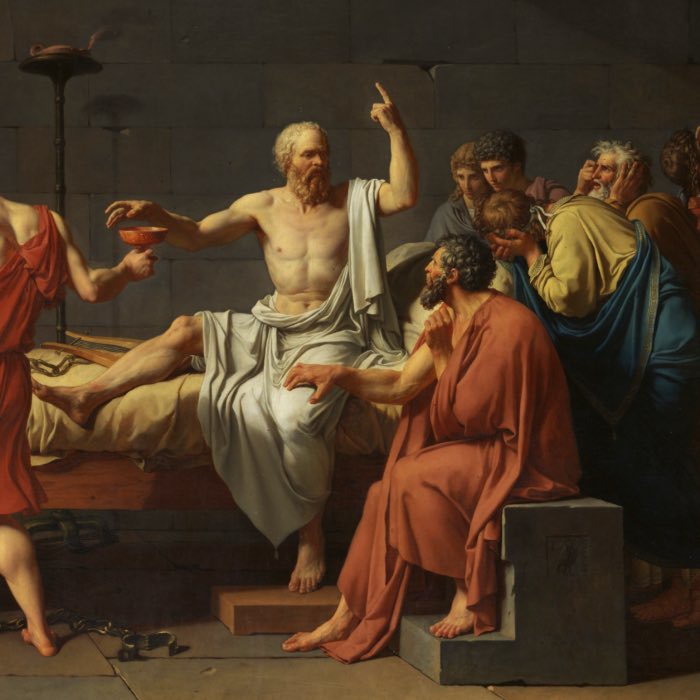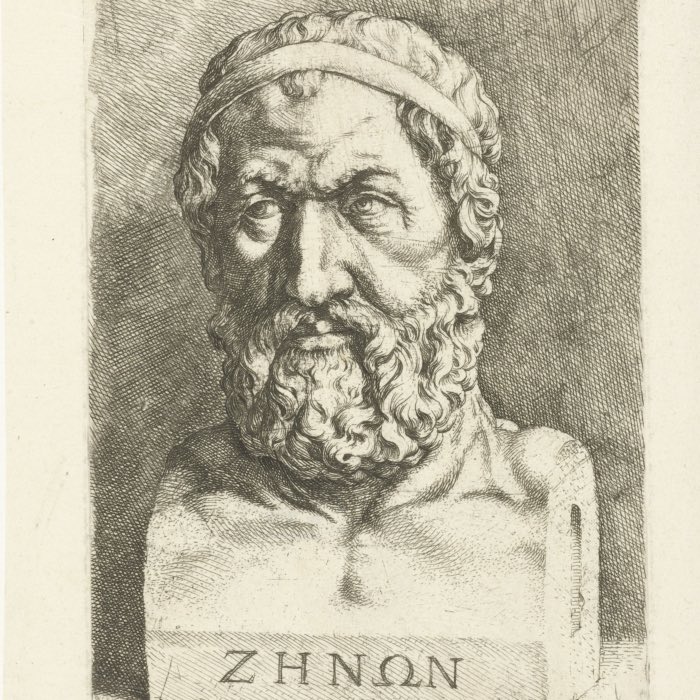Weekend Stories
I enjoy going exploring on weekends (mostly). Here is a collection of stories and photos I gather along the way. All posts are CC BY-NC-SA licensed unless otherwise stated. Feel free to share, remix, and adapt the content as long as you give appropriate credit and distribute your contributions under the same license.
diary · tags · RSS · Mastodon · flickr · simple view · grid view · page 29/51
The Epicureans: Philosophy of pleasure, tranquility, and the pursuit of happiness
The Epicurean school, founded by Epicurus (341–270 BCE), represents one of the most distinctive and enduring philosophical movements of the Hellenistic period. At its heart lies a hedonistic philosophy that defines the highest good as the attainment of pleasure (hedone), understood not as indulgence in sensual excess but as the cultivation of a tranquil and virtuous life. Epicureanism offered a comprehensive framework addressing metaphysics, ethics, and epistemology, emphasizing the naturalistic basis of existence and the role of rational inquiry in achieving human flourishing (eudaimonia).
Stoicism: Philosophy of reason, virtue, and tranquility
Stoicism, founded by Zeno of Citium in the early 3rd century BCE, represents one of the most enduring and influential schools of philosophy in Western thought. Emerging in Athens during the Hellenistic period, Stoicism evolved as a comprehensive system addressing ethics, logic, and natural philosophy. The Stoics sought to understand the principles governing the cosmos and to live in harmony with nature, emphasizing the cultivation of reason, virtue, and resilience in the face of life’s challenges. Through its emphasis on personal responsibility, emotional regulation, and the distinction between what is within and beyond our control, Stoicism provided a practical guide for achieving tranquility (ataraxia) and flourishing (eudaimonia). Its teachings profoundly influenced Roman thinkers such as Seneca, Epictetus, and Marcus Aurelius, and later Christian theologians who found resonance between Stoic ethics and Christian beliefs.
The Cynics: Philosophy of radical simplicity and freedom
The Cynics (kynikoi), one of the most provocative philosophical movements of ancient Greece, advocated for a life in radical alignment with nature, rejecting societal conventions, material excess, and the pursuit of wealth and power. Originating in the 5th century BCE with Antisthenes, a student of Socrates, and famously embodied by Diogenes of Sinope, the Cynics emphasized the cultivation of self-sufficiency (autarkeia), freedom (eleutheria), and virtue (aretē). Their philosophy, while often considered confrontational and iconoclastic, was deeply ethical and practical, aiming to free individuals from the constraints of societal expectations and material desires.
The Hellenistic schools: Philosophy as a guide to life
The Hellenistic period, spanning from the death of Alexander the Great in 323 BCE to the rise of the Roman Empire in the late 1st century BCE, was a time of profound intellectual, cultural, and political transformation. In this era, philosophy evolved from abstract metaphysical inquiry into a practical guide for living, as thinkers grappled with questions of human flourishing, ethical conduct, and the nature of happiness in a changing and often chaotic world. The philosophical schools of the Cynics, Stoics, Epicureans, and Pyrrhonists emerged as distinctive responses to these challenges, each offering a comprehensive framework for achieving a good life.
Aristotle: The philosopher of systematic thought and foundational inquiry
Aristotle (384–322 BCE) stands as one of the towering figures in Western philosophy, whose influence has extended far beyond the boundaries of his time. A student of Plato and tutor to Alexander the Great, Aristotle was a polymath who made foundational contributions to nearly every field of knowledge available in his era. From metaphysics and ethics to biology and political theory, his systematic approach to inquiry and his commitment to empirical observation set him apart as a pivotal thinker in the history of philosophy.
Plato: The philosopher of forms and the architect of Western thought
Plato (circa 427–347 BCE) is one of the most influential figures in the history of Western philosophy. A student of Socrates and the teacher of Aristotle, he founded the Academy in Athens, the first institution of higher learning in the Western world, and developed a comprehensive philosophical system that has shaped intellectual discourse for over two millennia. His dialogues, written in a dramatic and literary style, address fundamental questions about reality, knowledge, ethics, politics, and art, weaving together metaphysical speculation, ethical inquiry, and practical concerns.
The systematic philosophy of Plato and Aristotle: Foundations of Western thought
The systematic philosophies of Plato and Aristotle represent a defining moment in the history of Western intellectual tradition. Emerging from the Athenian golden age of the 4th century BCE, these two thinkers built upon the inquiries of their predecessors, particularly Socrates, to create comprehensive frameworks addressing the fundamental questions of existence, knowledge, ethics, and politics. Together, Plato and Aristotle laid the groundwork for disciplines as diverse as metaphysics, epistemology, ethics, aesthetics, and the natural sciences.
Socrates: The philosopher of ethical inquiry and the search for wisdom
Socrates of Athens (469–399 BCE) is widely regarded as one of the foundational figures in Western philosophy. Unlike the pre-Socratic philosophers who primarily focused on cosmology, metaphysics, and natural philosophy, Socrates turned his attention to ethics, human behavior, and the nature of knowledge. His life and teachings marked a decisive shift in the philosophical landscape of ancient Greece, establishing a tradition of critical inquiry that prioritized moral and intellectual self-examination.
The Sophists: Teachers of wisdom and controversial figures of classical greece
The Sophists were a diverse group of itinerant intellectuals and educators who flourished in the 5th century BCE during the height of classical Greece. Renowned for their skill in rhetoric, argumentation, and teaching, they offered instruction in practical subjects such as public speaking, ethics, and political theory, often for a fee. The term ‘Sophist’ derives from the Greek word sophos, meaning ‘wise’, reflecting their self-identification as purveyors of wisdom. Yet, the Sophists were also polarizing figures, celebrated by some as pioneers of critical thinking and vilified by others, including Socrates and Plato, as manipulators of truth and morality.
Metaphysical developments in pre-Socratic philosophy: Bridging natural philosophy and ethical inquiry
Between the early natural philosophers of Miletus and the ethical and rhetorical innovations of the Sophists and Socrates, the trajectory of Greek thought experienced a profound shift toward metaphysical speculation. This period, often associated with thinkers such as Parmenides, Empedocles, Anaxagoras, and Democritus, represents a critical phase in the evolution of philosophy. While the early Milesians focused on identifying a material principle (arche) underlying the cosmos, these later pre-Socratics extended their inquiries to explore the nature of being, causality, and the interplay of unity and plurality.
